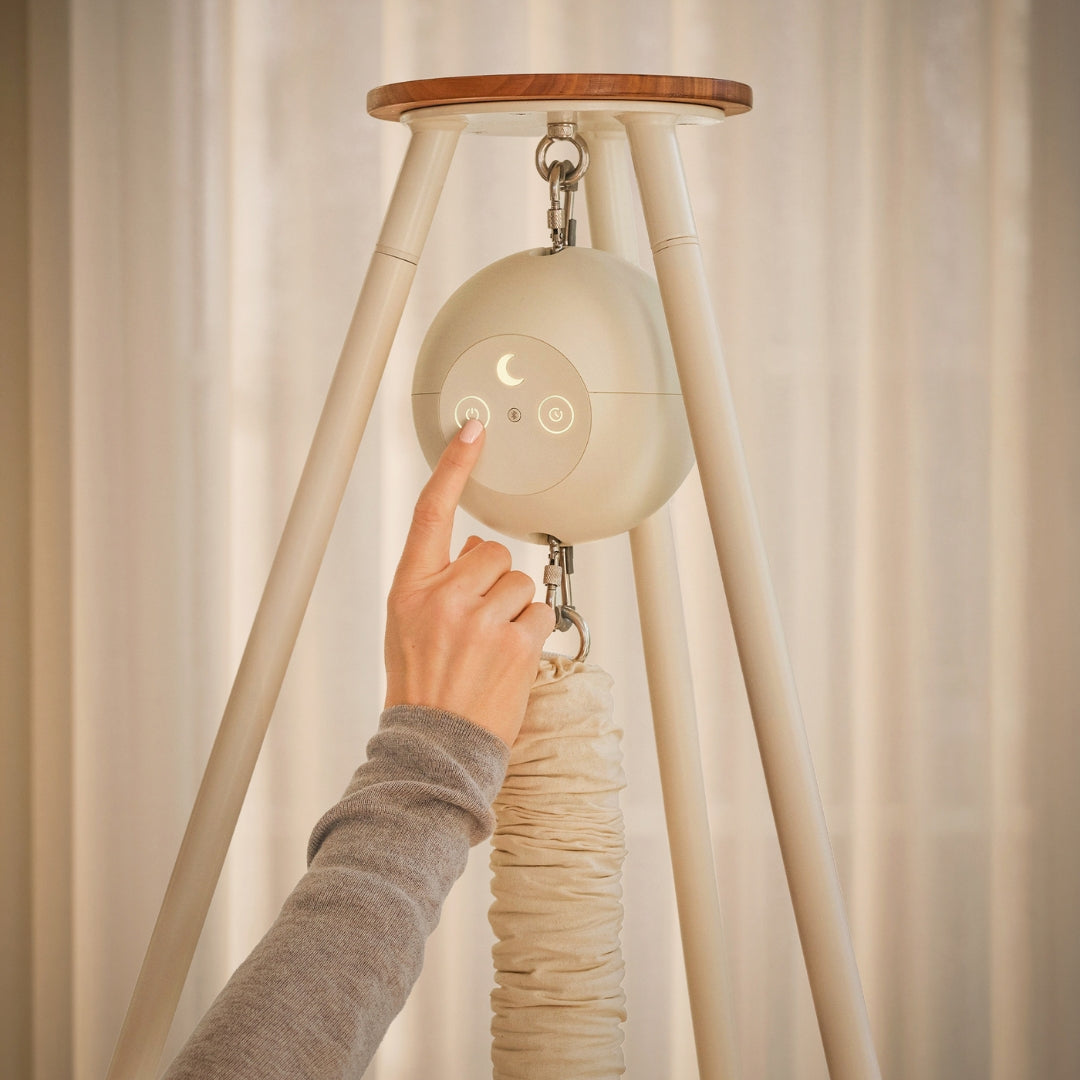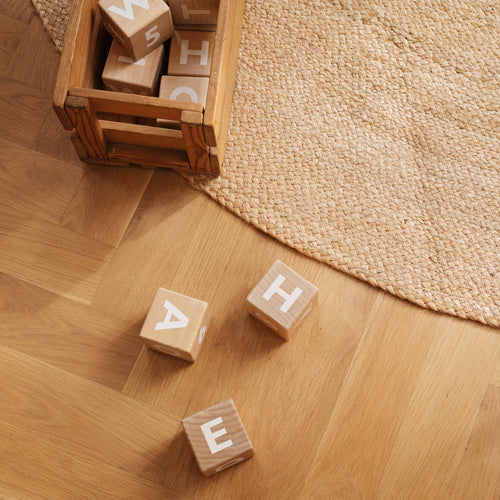MATERIAL GUIDE
Using the right materials is of utmost importance to us. Therefore we opt for durable, natural and organic materials of high-quality whenever possible.
Below you can see an overview of organic materials and fibres we use for our textile products.




ORGANIC COTTON
Organic cotton is long-lasting, softer, and whilst not inherently hypoallergenic, still considered a better choice for individuals with allergies or sensitivities, compared to conventional cotton. Our organic cotton is grown without the use of synthetic pesticides, herbicides, or genetically modified organisms (GMOs), which can reduce the risk of chemical residues and potential skin irritants.
But the most important benefit is protecting the ecosystem, reducing wastage of water, and ensuring a safer working environment for the farmers and manufacturers.




KAPOK
Our kapok is a 100% natural and organic fibre. Whilst kapok grows naturally in the rainforest and does not require tending and keeping by human beings, it is not inherently organic. In order to ensure that our kapok is organic, it is wild harvested, without the use of fertilizers, chemicals, and pesticides. Kapok does not need to be treated with chemicals to make it safe or healthy for use by human beings, as it is naturally healthy and safe.
Kapok fibre is naturally hypoallergenic, anti-microbial, and dust mite resistant. The kapok fibre naturally repels moisture, making it unsuitable for mold, mildew, and bacteria to thrive in. Kapok is one of the few rainforest products that is 100% organic and is produced with care for the environment during cultivation, production and in the manufacturing of the final product.




VOILE
Voile is a lightweight, plain woven fabric made from 100% cotton. It has a higher thread count than most cotton fabrics, which results in a silky soft hand. Voile fabric is a perfect option for summer times because it is lightweight, breathable and semi-sheer.
Key features of high quality voile are: Silky soft finish, light drape, no stretch, slightly transparent, stiff but flexible. The fabric is therefore very versatile and its qualities make it great for both apparel and home décor.




NATURAL LATEX
Natural Latex is a product, produced from the sap of the rubber tree. The latex sap from the rubber tree contains antibacterial compounds. Furthermore, latex sap is dust mite resistant by nature.
Tapping a rubber tree to collect the sap will not kill the tree so they continue to remove carbon dioxide from the air for many years to come. Latex used in textiles makes them last longer and they are completely biodegradable at the end of their life cycle.




COCONUT-FIBRES
Coconut fiber is a natural cellulose fiber which is obtained from coconut husk. It is the fibrous material that is found between the outer coat of a coconut and the hard internal shell. Coconut farming usually focuses on coconut oil, milk and water but also other coconut products like desiccated coconut.
By using coconut husk, which is a bi-product of coconut farming, a waste product can be transformed into a useful product that has been developed with the environment in mind. Coconut fibers are also 100% bio-degradable.




BUCKWHEAT HULLS
Buckwheat hulls are the outer shell of buckwheat groats. They are a by-product of the food industry, which means that a waste product is being transformed into a useful source.
Buckwheat hulls are naturally hypo-allergenic. This means that it is impossible for bacteria, fungi and dust mites to settle in the material. A hygienic pillow and suitable for those sufferering from allergies.
















